- About us
- Support the Gallery
- Venue hire
- Publications
- Research library
- Organisation chart
- Employment
- Contact us
- Make a booking
- Onsite programs
- Online programs
- School visit information
- Learning resources
- Little Darlings
- Professional learning
Exhibitions to events, live-streaming to apps. We always have interesting, intriguing and fun programs for you to enjoy in the Gallery or delivered to wherever you are! Check out what’s coming up below, and plan your visit.



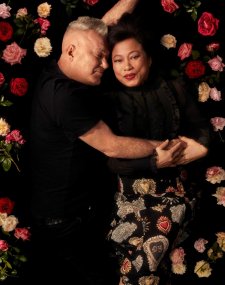
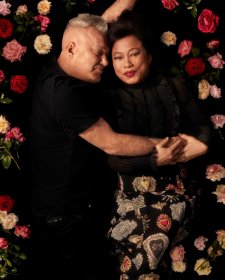


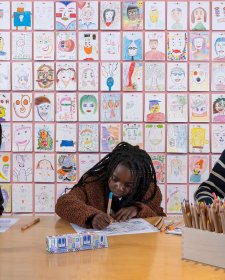
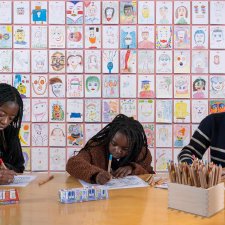



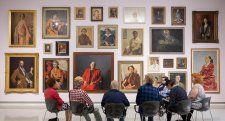
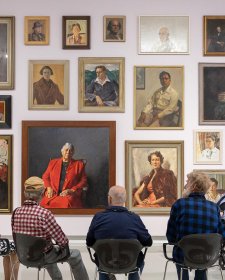
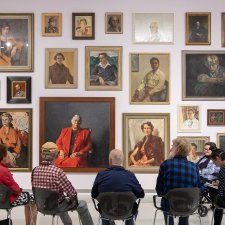

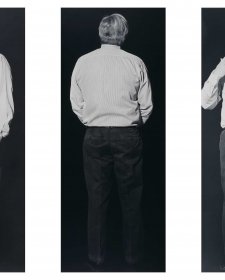

View all our upcoming live online events, or explore our on-demand archive to catch up, listen in, binge or do a workshop from wherever you are whenever you want!

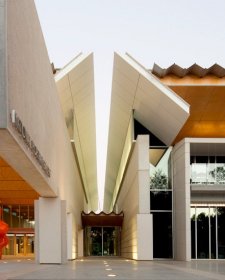
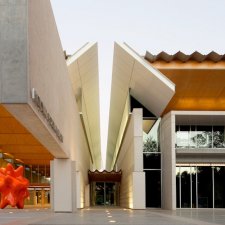
Visit us, learn with us, support us or work with us! Here’s a range of information about planning your visit, our history and more!
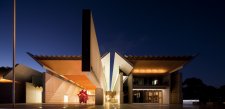
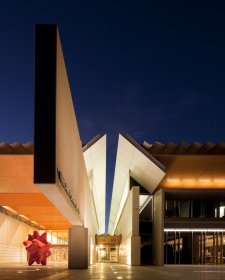
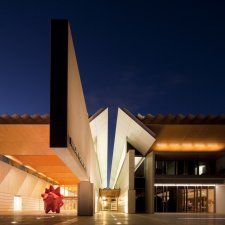
We depend on your support to keep creating our programs, exhibitions, publications and building the amazing portrait collection!

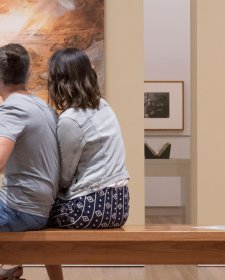
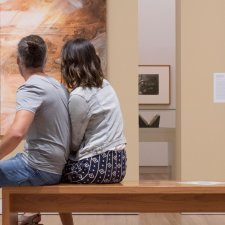
Information on location, accessibility and amenities.